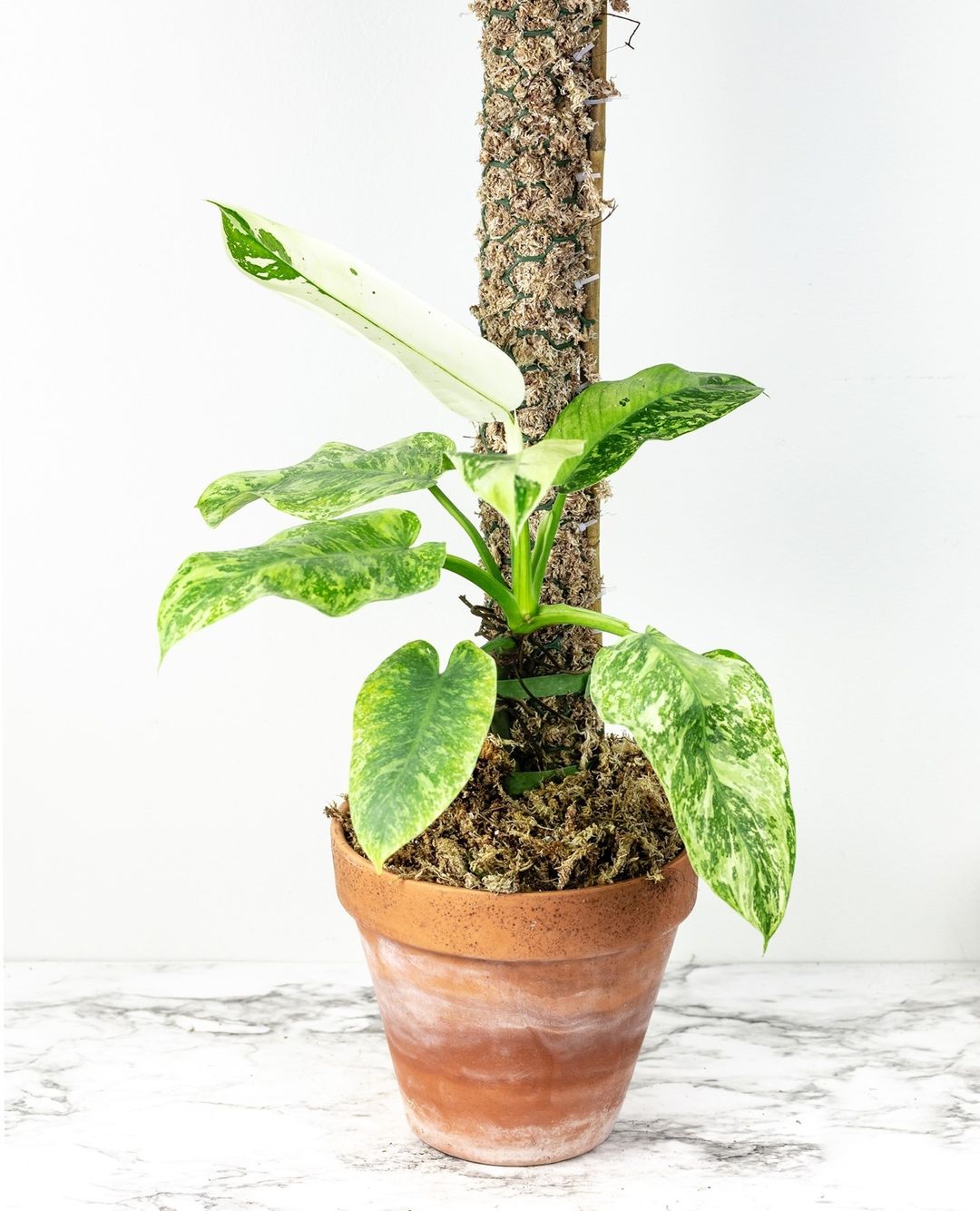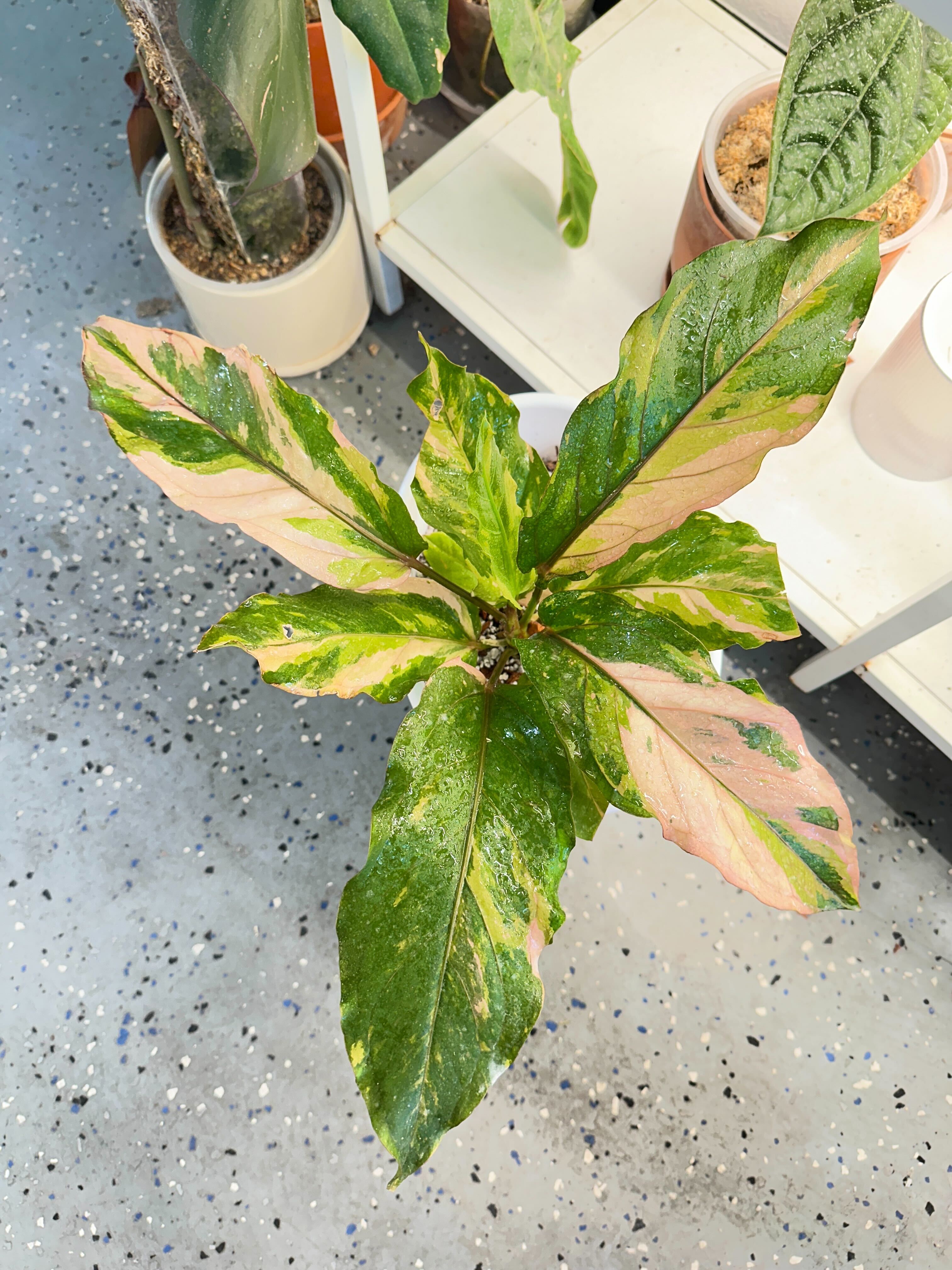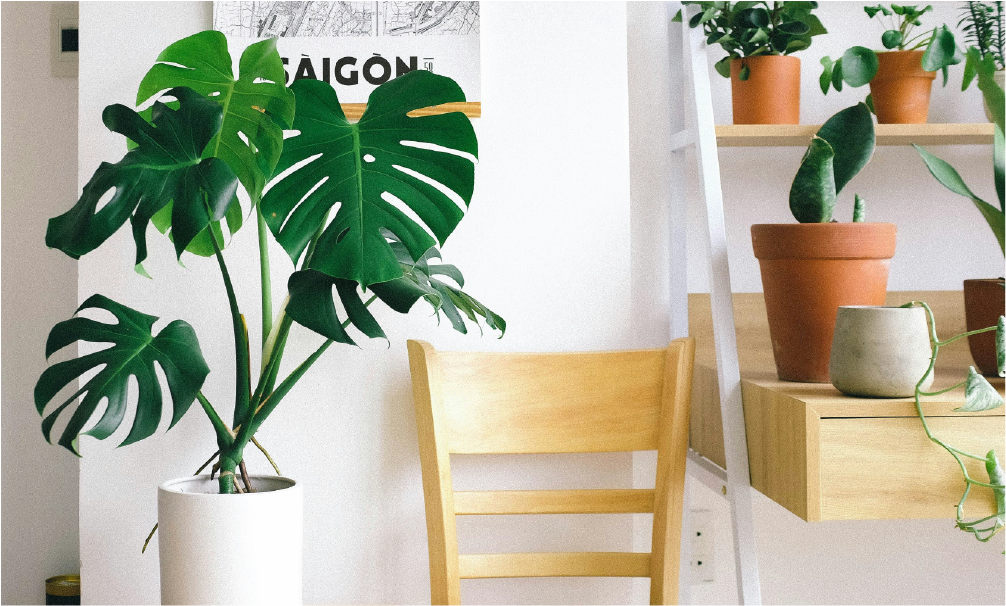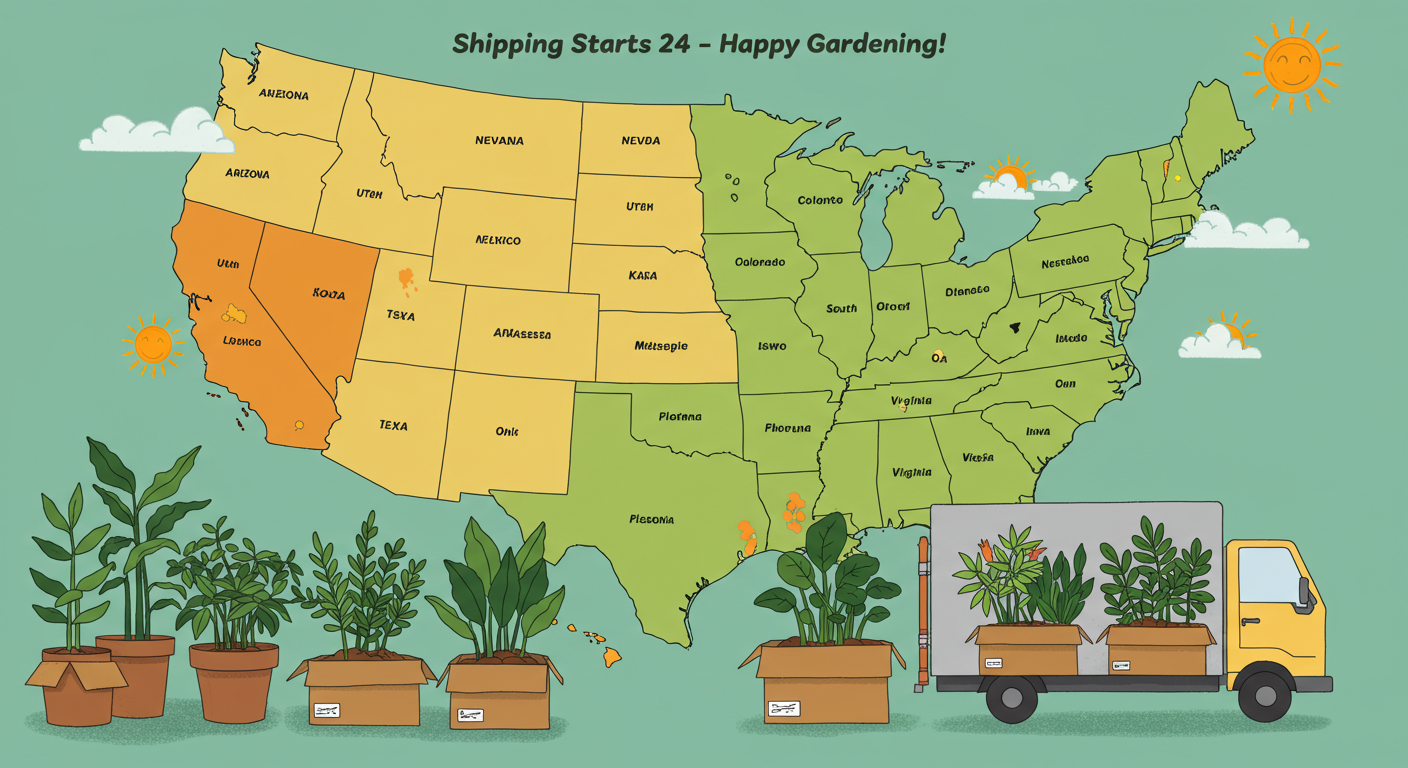How to use sphagnum moss properly to grow bigger and healthier plants Part 2

esterday, I talk about sphagnum moss' pros and cons. Today, I will cover how to use it the right way.
1. Pick the high quality moss. You can know the quality of the moss by the length of the strands, how fluffy each strand is, and how much debris is packaged in with the moss. High quality moss will have less other debris like dry insects, dry grass or stems. These bits will affect the PH level and potentially harm your plants in a long run. Also, they are super annoying. Lower quality moss will be easy to decompose and compact. So when you pick your moss online or locally, go for the ones with lighter colors and have longer strands. If you don't know how to tell the difference, go for New Zealand sphagnum moss. They are the top of the line although quite pricey.
2. How to pack the moss into the pot is also important. The more moss in the pot, the more moisture your plants will get. This is good for moisture loving plants like alocasias, begonias, calatheas. The lesser moss you pack , the more air will be pocketed in the pot but the faster the moss dry out. Understand this will help you find the right balance.
3. Soak your moss in water mixed with liquid fertilizer (instructed amount) for 15 minutes. Then squeeze all the water out before you pot your plants. The reason for that is because the moss has already absorbed the needed moisture after 15'. If you keep the moss soggy wet, you will run the risk of rotting your plants.
4. Also, you need to remember, not all the moss will dry out fast. There are three factors affect its drying speed. Number one is the room humidity. If the humidity is high, the moss will absorb the moisture in the air and stay wet longer. if the room air is too dry, water in the moss will evaporate faster and it will get dry faster. Number two factor is the quality of the moss. Higher quality moss will have higher ability to obtain and retain water. Lastly, how much water your plants need will also affect the cycle.
5. Therefore, water your moss when the top layer is dry. Don't just follow your schedule blindly.
Tomorrow I will cover when to use moss and why I prefer moss over other substates in those situations.
1. Pick the high quality moss. You can know the quality of the moss by the length of the strands, how fluffy each strand is, and how much debris is packaged in with the moss. High quality moss will have less other debris like dry insects, dry grass or stems. These bits will affect the PH level and potentially harm your plants in a long run. Also, they are super annoying. Lower quality moss will be easy to decompose and compact. So when you pick your moss online or locally, go for the ones with lighter colors and have longer strands. If you don't know how to tell the difference, go for New Zealand sphagnum moss. They are the top of the line although quite pricey.
2. How to pack the moss into the pot is also important. The more moss in the pot, the more moisture your plants will get. This is good for moisture loving plants like alocasias, begonias, calatheas. The lesser moss you pack , the more air will be pocketed in the pot but the faster the moss dry out. Understand this will help you find the right balance.
3. Soak your moss in water mixed with liquid fertilizer (instructed amount) for 15 minutes. Then squeeze all the water out before you pot your plants. The reason for that is because the moss has already absorbed the needed moisture after 15'. If you keep the moss soggy wet, you will run the risk of rotting your plants.
4. Also, you need to remember, not all the moss will dry out fast. There are three factors affect its drying speed. Number one is the room humidity. If the humidity is high, the moss will absorb the moisture in the air and stay wet longer. if the room air is too dry, water in the moss will evaporate faster and it will get dry faster. Number two factor is the quality of the moss. Higher quality moss will have higher ability to obtain and retain water. Lastly, how much water your plants need will also affect the cycle.
5. Therefore, water your moss when the top layer is dry. Don't just follow your schedule blindly.
Tomorrow I will cover when to use moss and why I prefer moss over other substates in those situations.








Comments